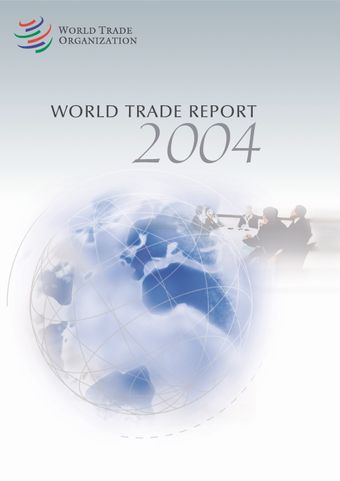Trade and trade policy developments

- De: World Trade Organization
- Source: World Trade Report 2004 , pp 2-88
- Publication Date: septiembre 2004
- DOI: https://doi.org/10.30875/94f8256a-en
- Idioma: Inglés Español, Francés
The expansion of global output and trade gained considerable momentum in the second half of 2003 resulting in an annual average increase of world GDP and world merchandise exports of 2.5 per cent and 4.5 per cent respectively. These changes represent stronger than expected improvements when compared with the preceding year although trade growth remained below the average rate recorded in the 1990s. These annual results were negatively affected by a combination of unusual, temporary factors and longer-term structural weaknesses in a number of major economies (in particular the state of the banking system in Japan and the labour markets in Western Europe). One of the influencing temporary factors was the emergence of the severe acute respiratory syndrome (SARS) in East Asia. Although SARS remained a limited epidemic relative to malaria and the acquired immunity deficiency syndrome (AIDS), it had a dramatic short-term impact on the movement of people and on the tourism industry in the region. The build up of tensions resulting in the military conflict in Iraq weakened consumer and business confidence in many regions in the first quarter of the year. In OECD countries the composite leading (business) indicator hit its lowest level in March 2003 then displayed a trend increase from May 2003 onwards. The major stock markets showed a similar development, dropping sharply until March but recovering thereafter and then expanding sharply until the end of the year.
-
From This Site
/content/books/9789287044914c007dcterms_subject,pub_countryId-contentType:WorkingPaperSeries -contentType:Periodical -contentType:BookSeries -contentType:ReportSeries105


